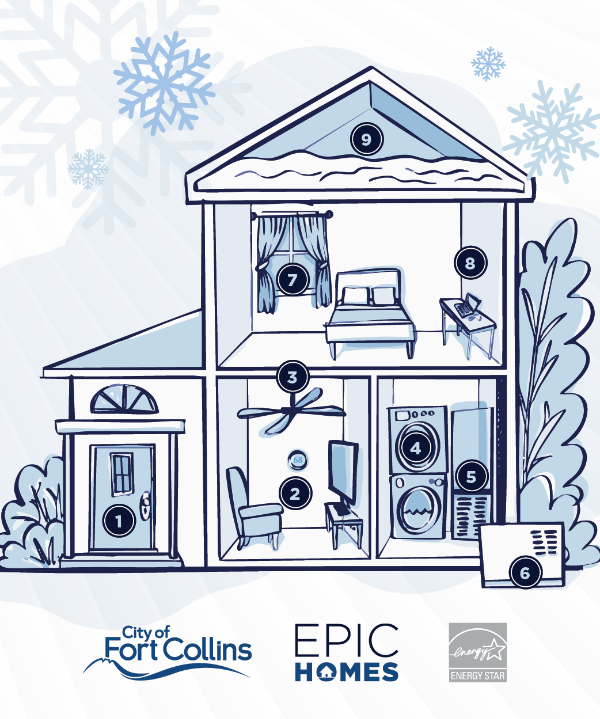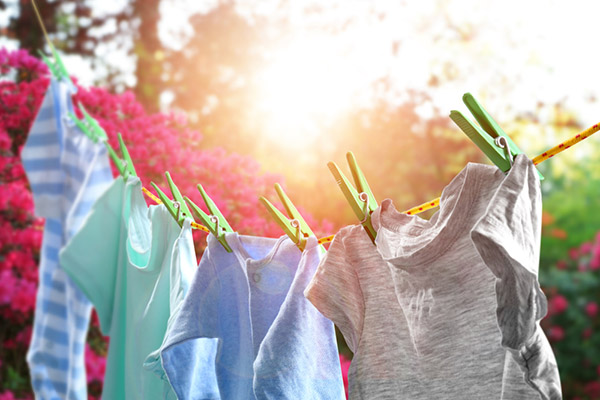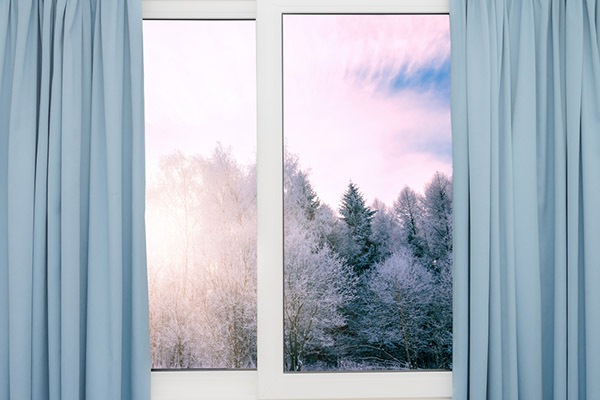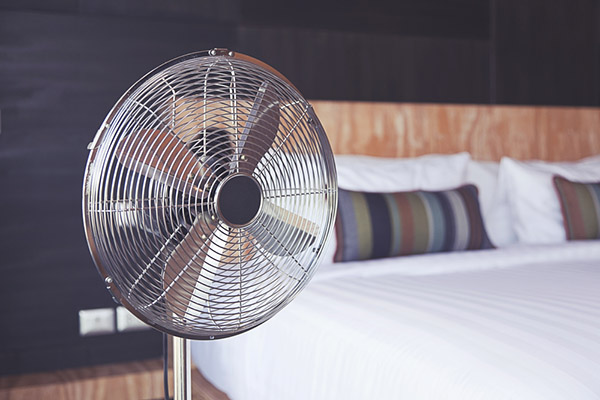Take Control of Your Electric Bill#
With Time-of-Day (TOD) electric pricing, the price you pay for your electric use changes based on the time of day, day of the week and season. TOD has two levels of pricing: off-peak and on-peak, and two seasons: non-summer and summer.
Off-peak prices are approximately 70% less than on-peak prices. Save money by shifting your electric use to the lower-priced, off-peak hours or by reducing your overall use.
-
If you are unable to pay your bill, please contact us as soon as possible at 970-212-2900 to set up a payment arrangement or to be connected with one of our partner agencies that distribute payment assistance on our behalf. You may also request payment assistance by calling Catholic Charities Larimer County, 970-484-5010, or La Familia/The Family Center, 970-221-1615.
Utilities’ Affordability Programs offer additional resources, including the Income-Qualified Assistance Program (discounted rates to customers who receive LEAP/applications accepted through LEAP) and Payment Assistance Fund.
Make the Most of TOD While at Home#
- Home office and overall electronics typically use very little electricity (1 cent or less per hour on average), and because non-summer on-peak hours don’t begin until 5 p.m., most typical workdays will be wrapping up before on-peak hours begin (5-9 p.m., October-April).
- Many residents have found it convenient to get higher electric-use chores out of the way before the on-peak hours begin by throwing in a load of laundry or running their dishwasher in the morning or early afternoon while working from home.
- When warm enough, you can save ~50 cents/load by hanging your laundry on a clothesline. Clotheslines are allowed everywhere in Fort Collins.
- While you are home, manage the shades to maximize sun coming in and help your home feel warmer.
- Program or manually adjust your thermostat to heat your home before 5 p.m. and after 9 p.m., and set it lower during the 5-9 p.m. on-peak hours.
- If possible, take a break from your work and prepare food earlier in the day and reheat meals in the evening.
Winter Home Energy Tips#

- Seal up snug spaces: Caulk and weatherstrip windows and doors to keep drafts out.
- Turn it down, bundle up: Set your thermostat to 68 degrees or lower and layer up for a snug and energy-smart home.
- Circulate warmth: Use ceiling fans in “winter mode” to push warm air down.
- Off-peak chores: Do laundry and run the dishwasher after 9 p.m. to save money.
- Clean air, happy system: Change air filters monthly for better air quality and efficiency.
- Clear the way: Keep your outdoor air unit free of debris for smoother operation.
- Sunshine warmth: Open blinds during the day for sun, close them at night to stay cozy.
- Expert advice: Sign up for free energy advising at fcgov.com/epichomes.
- Insulate for warmth: Add insulation to unfinished crawlspaces, basements, and attics, and seal cracks to keep your toes and noggin toasty.
Shift to Save#
Off-peak prices are approximately 70% less than on-peak prices. Save money by shifting your electric use to the lower-priced, off-peak hours or by reducing your overall use. Remember, it’s not just about using less electricity, it’s also about using it at the right time of day.
Learn what it costs to run common household appliances and electronics. Some items may surprise you by using less than what you thought. See what shifts you can make to save the most.
|
What Uses the Most Electricity? (Highest to Lowest Electric Use) |
||
| 1. Electric Water Heater | 8. Microwave | 15. Fan |
| 2. Central Air Conditioner | 9. Window/Room Air Conditioner | 16. Video Game Console |
| 3. Electric Clothes Dryer | 10. Furnace Fan (for a gas furnace) | 17. Computer / TV |
| 4. All-Electric Baseboard Heating (12 feet) | 11. Dishwasher | 18. LED Light Bulb |
| 5. Electric Oven | 12. Clothes Washer | 19. Cell Phone Charger |
| 6. Space Heater | 13. Large Inflatable Holiday Decoration | |
| 7. Electric Vehicle (Level 1 charger) | 14. LED Holiday Light String | |
Tips to Save Electricity#

Appliances
- Save approximately 50¢ per load by drying your laundry during off-peak hours. Consider line-drying clothing whenever possible to save even more.
- Run your dishwasher in the morning, later in the evening/night or on weekends.
- Incorporate stove-free dinners into your week when possible. Whether it's leftovers, using slow cookers, grilling or working in cold meals, there are several ways to enjoy dinner without using your electric stove or oven.
- Enroll your electric water heater in Peak Partners and automatically shift when your water is heated.

Heating
- Set your thermostat a few degrees lower in the winter months, especially during on-peak hours. (U.S. Department of Energy recommends 68°). Save up to 10% on heating bills by using a programmable or smart thermostat to minimize heating when away from home or asleep. Learn more about thermostats and recommended settings.
- Try pre-heating your home before 5 p.m. in the winter and coasting through the on-peak hours.
- In the winter, leave curtains open during the day to naturally heat your home, and close them at night to shut out the cold.

Cooling
- Set your thermostat a few degrees higher in the summer months, especially during on-peak hours. (U.S. Department of Energy recommends 78°). Every 2 degrees higher you set your air conditioner can save up to 14% on cooling costs. Learn more about thermostats and recommended settings.
- Try pre-cooling your home before 2 p.m. during the summer and coasting through the on-peak hours.
- In the summer, close curtains during the day while you are gone to keep out the hot sun.
- Choose fans before air conditioning, especially during on-peak hours.

Electronics
- Charge electronics and electric vehicles overnight.
- Reduce ‘vampire’ power waste by unplugging electronics that are not in use or plugging them into a smart power strip.
- Turn off electronics, such as the TV, computer and video game console, when not in use.

Lighting
- Install LED light bulbs, which use 75% less electricity than traditional incandescent light bulbs.
- Turn off lights when not in use and when you leave the room.
Programs, Services and Rebates#
- Learn about our efficiency and conservation programs, services, rebates and home energy audits.
- Keep an eye on your hourly, daily and monthly electric use with the MyEnergy portal.
- Check out a Home Energy Monitor from the library to identify which appliances use the most energy in your home, and take action to reduce energy use during on-peak hours.
Did You Know?
Insulating hot water pipes leading from the water heater helps keep your hot water from cooling off before it gets to the tap.
Choosing fans before air conditioning, especially during on-peak hours, can save money.
Home office and overall electronics typically use very little electricity (1 cent or less per hour on average).